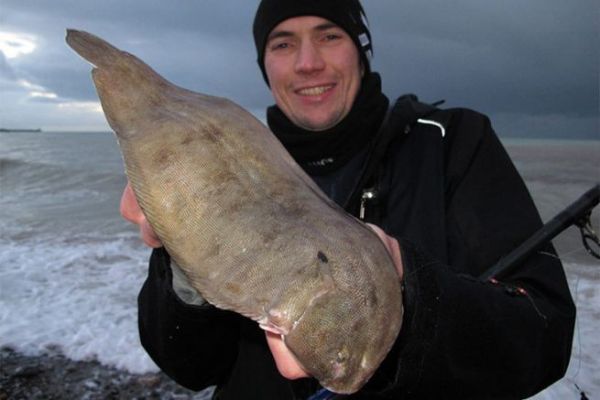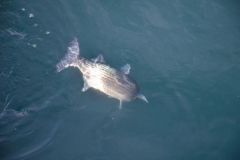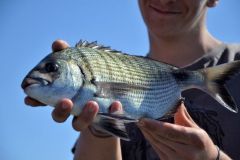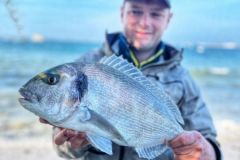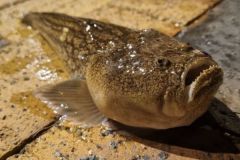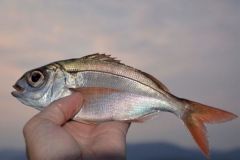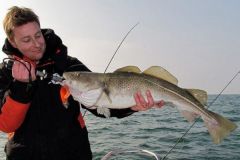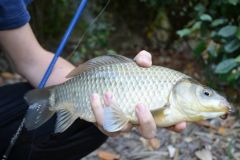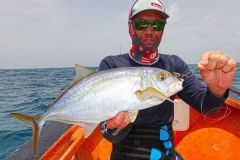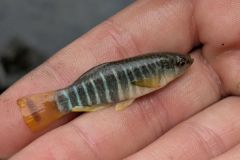Scientific name
Solea solea (Linné, 1758)
Morphology
Sole is an elongated flatfish. Its dorsal side is covered with small scales that give a rough feel when stroked from tail to head. Its mouth is tiny and it ingests very small prey. The dorsal side of the sole is dark brown. Its "ventral" side, that which rests on the bottom, is whitish.
Fishing spots
Sole are found on sandy bottoms in estuaries, channels and sandy corridors. They can also be found on beaches, gravelly and sandy bottoms. They can be found in the North Sea, English Channel, Atlantic Ocean and, more occasionally, in the Mediterranean.
Fishing techniques
Catching a sole when landing or surfcasting is a great source of satisfaction, especially when fishing from shore on dykes and beaches. The small mouth of the sole requires the use of small hooks (ideally n° 8 to 4) and small baits: the mud or half-hard nereid is a very good bait to target this flat fish. Early in the year, from January to April, is a good time to fish for sole, which is sometimes also present in the off-season during September and October.
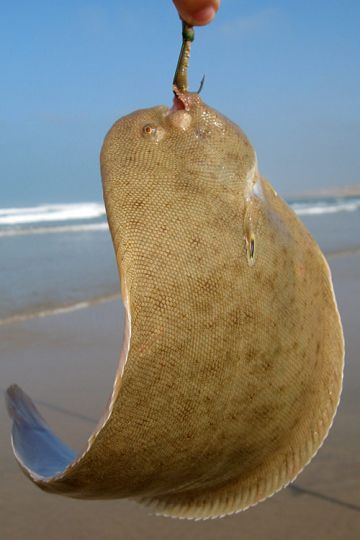
Reproduction
Sole reproduce between April and June, laying up to 130,000 eggs. The fry are symmetrical in shape. As they grow to 10 or 15 mm, they undergo a mutation by becoming right-handed: the left eye moves to the right side. At this point, pelagic larvae reach the bottom to settle further offshore.
Size and weight
- Legal minimum size: 24 cm
- Size at sexual maturity: 35 cm
- Average size: 20 to 40 cm
- Maximum size: 0.70 m (3 kg)
- French record: 1.775 kg (Ile de Ré, Poitou Charentes, 10/10/1988)
Good to know
The early part of the year, from January to April, is a good time to fish for sole, which is sometimes also present in the off-season during September and October.

 /
/ 